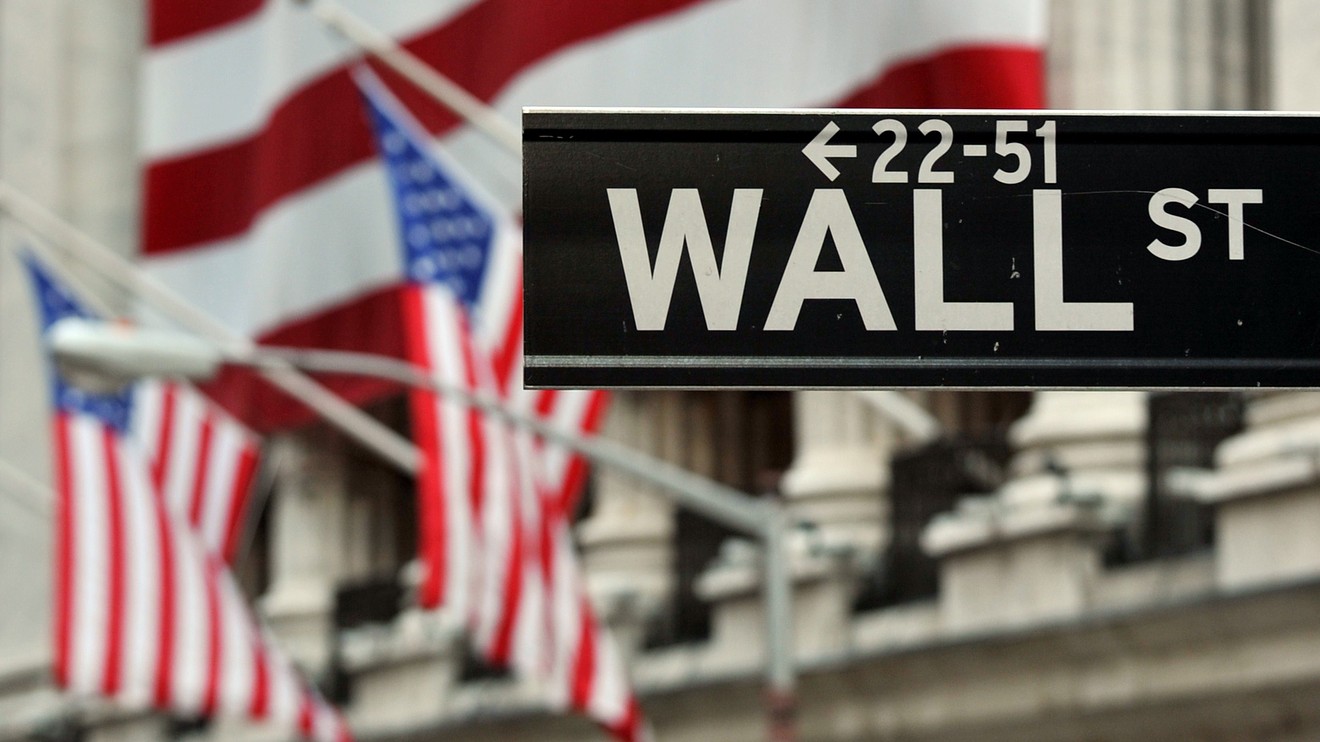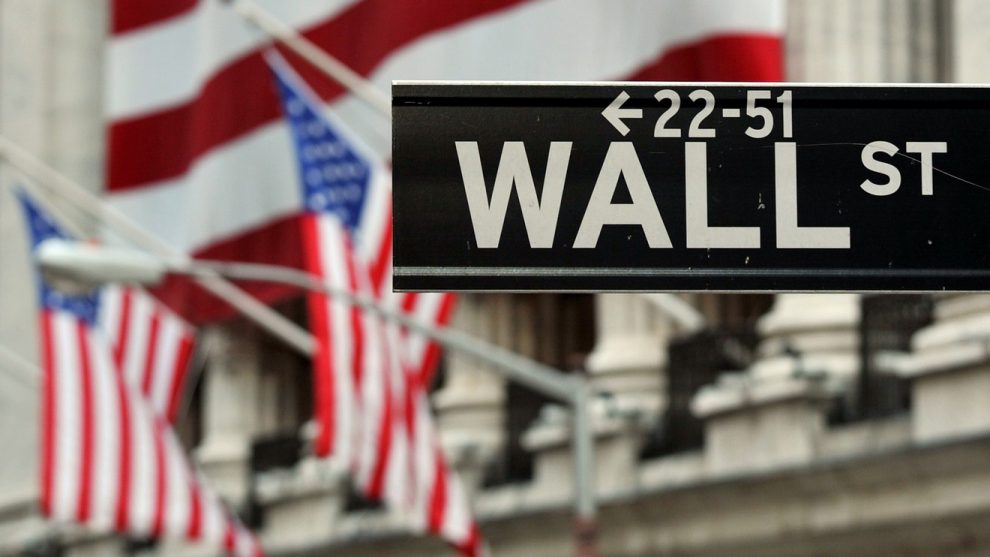
U.S. stocks traded higher Wednesday morning, but the major indexes still were still within ranges seen this month, despite the volatility induced by the potential recession signal offered by the inverted U.S. Treasury yield curve, the intensifying U.S.-China trade war, and the rising chances of a no-deal Brexit take their toll on global economic growth.
How are the major benchmarks performing?
The Dow Jones Industrial Average DJIA, +0.71% rose 139 points, or 0.5%, at 25,917, while the S&P 500 SPX, +0.50% added 12 points, or 0.4%, to 2,881. The Nasdaq Composite index COMP, +0.27% was 12 points higher at 7,838, a loss of 0.1%
See: 5 things investors need to know about an inverted yield curve
On Tuesday, the Dow fell 120.93 points, or 0.5%, to end at 25,777.90, while the S&P 500 fell 9.22 points, or 0.3%, to close at 2,869.16. The Nasdaq Composite closed at 7,826.95, a decline of 26.79 points, or 0.3%.
What’s driving the market?
U.S. stocks were rising Wednesday, regaining much of the ground lost on Tuesday, as late August low volume trading persisted going to the U.S. Labor Day holiday weekend, though investors hopes for a resolution to the U.S.-China trade dispute are fading and falling bond yields reflect fears of a potential economic downturn.
The spread between the yield on the 2-year U.S. Treasury note TMUBMUSD02Y, -1.56% and the 10-year TMUBMUSD10Y, -0.57% fell deeper into negative territory Tuesday. This so-called “inversion” of the yield curve has been a reliable warning sign of recession historically. The 3-month/10-year measure of the curve — seen as a more reliable recession warning sign than the 2-year/10-year measure — has been inverted since May.
“The Treasury market remains at the center of attention, even concerning the intraday trends in stocks,” said Ken Berman, strategist at Gorilla Trades, in a note. The deepening inversion of the yield curve was clearly behind Tuesday’s retreat as investors flocked into Treasurys due to the intensifying trade-related woes, he said.
U.S. Treasurys continued to gain ground in early Wednesday action, putting downward pressure on yields. The 10-year yield was down 1 basis point at 1.476%, according to FactSet, after ending Tuesday at its lowest level since 2016. The 2-year yield, however, was down 2.6 basis points at 1.5%, meaning the yield curve flattened slightly, though it still remains inverted.
Skeptics have argued that the yield curve inversion might not offer as strong a signal in the current environment which has seen central banks around the world employ bond buying in recent years in an effort to push down long-term yields.
Still, the phenomenon comes in the midst of mounting fears of a global economic slowdown tied in large part to the deepening U.S.-China trade war.
Potentially adding to fears of slowing global economic growth was U.K. Prime Minister Boris Johnson’s plan to suspend parliament until Oct 14th, less than three weeks before the Britain’s scheduled exit from the European Union on Oct. 31. The move was seen as increasing the chances of a “no-deal” Brexit that economists estimate could deal a significant blow to economic growth in the U.K and Europe.
See also: These 10 ‘grey swan’ events could conspire to imperil global economy and markets
The U.S. economic calendar is empty Wednesday. Federal Reserve Bank of Richmond President Tom Barkin is slated to deliver comments to the West Virginia Chamber of Commerce at 12:20 p.m. Eastern Time. San Francisco Federal Reserve Bank President Mary Daly is scheduled to deliver a speech in New Zealand at a conference on inflation targeting at 6 p.m.
Which stocks are in focus?
Shares of Tiffany & Co. TIF, +2.71% rose 3.5% after posting second-quarter earnings. The luxury jeweler reported second-quarter earnings that fell less than expected, though revenue fell just shy of Wall Street forecasts.
Shares of Brown-Forman Corp. fell 1.7% after the parent company of Jack Daniel whiskey reported declining earnings and missed sales estimates for the fiscal first quarter. The company’s stock had risen nearly 24% this year, as of Tuesday’s close.
Autodesk Inc. ADSK, -8.57% reported second-quarter earnings after the close of trade Wednesday. The design software company’s stock fell 10.4% Wednesday after its outlook for third-quarter profits and sales fell short of analyst expectations.
Shares of Hewlett Packard Enterprise Co. HPE, +4.10% were up 3.4% Wednesday, after the enterprise IT firm reported second-quarter earnings that declined less than expected, but revenue that fell just shy.
How are other markets trading?
Stocks in Asia traded mostly lower overnight. The China CSI 300 000300, -0.38% fell 0.4%, Japan’s Nikkei 225 NIK, +0.11% added 0.1% and Hong Kong’s Hang Seng index HSI, -0.19% fell 0.2%.
In Europe, equities were retreating, down 0.4%, per the Stoxx Europe 600 index SXXP, -0.20% .
The price of crude oil was on the rise, up 2.6% to about $56 per barrel, while gold prices were down 0.2% to $1448 per ounce. The U.S. dollar DXY, +0.18% , meanwhile, rose 0.2% relative to its peers.









